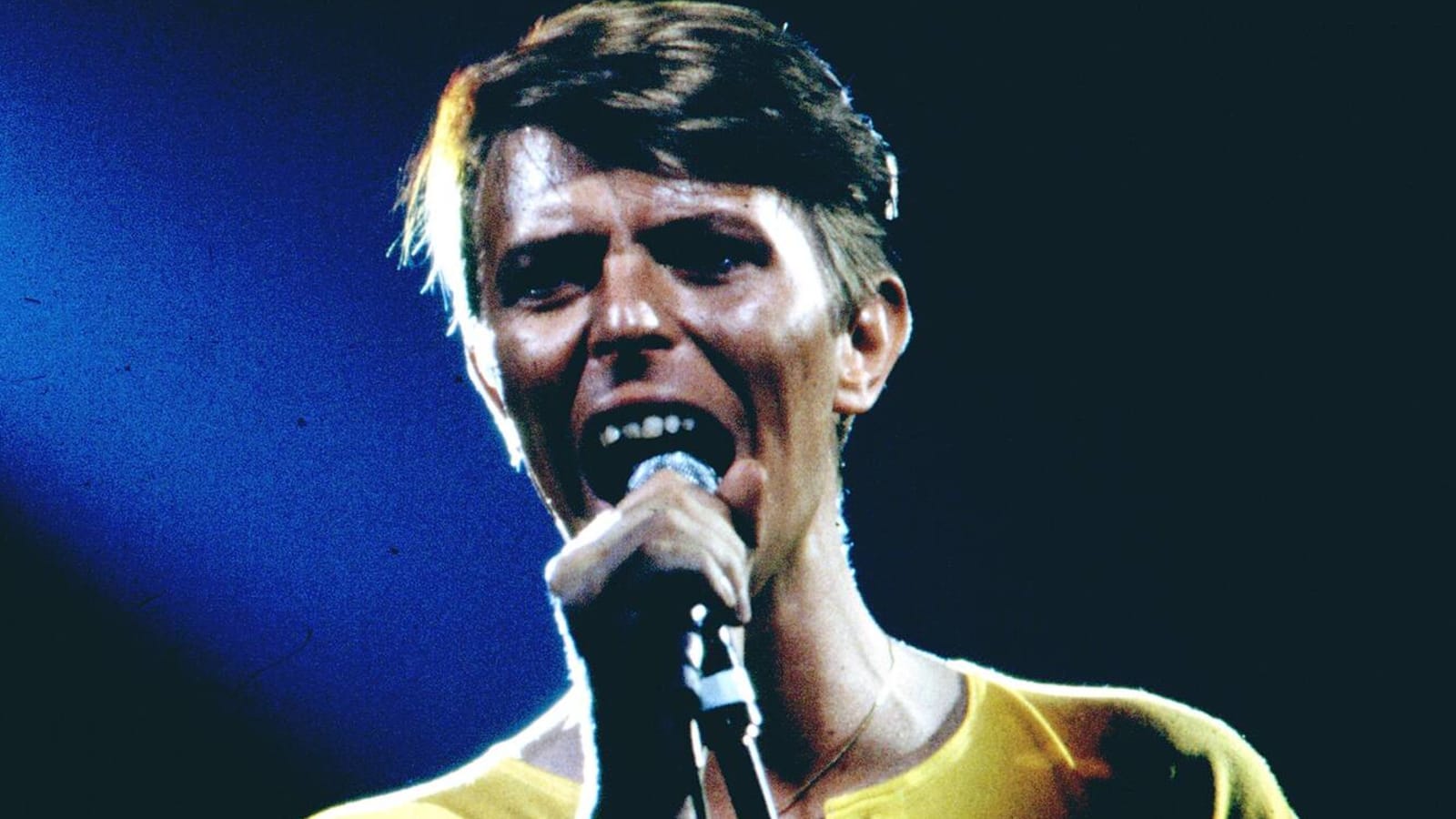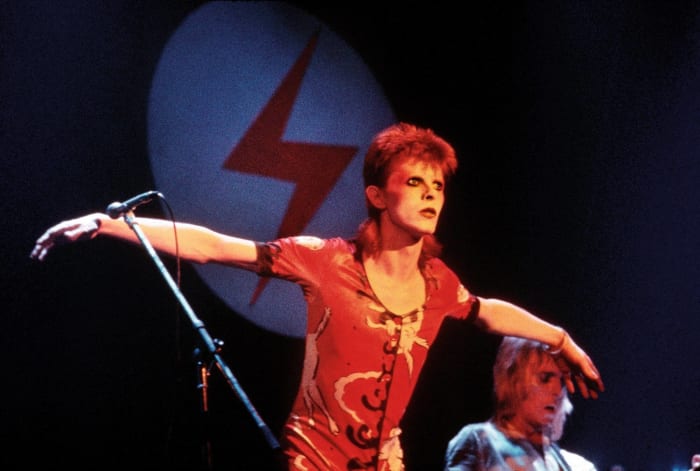x

Larry Hulst/Michael Ochs Archives/Getty Images
The essential David Bowie playlist
David Bowie packed seven or eight careers into one. Between 1969 and 1983, the man churned out more classics than anyone can count. He had one of the longest creative streaks in rock history, and he somehow managed to work on projects with Lou Reed, Iggy Pop, and Marc Bolan along the way. The last few decades were a bit patchy for Ziggy Stardust, but we're here to focus on Bowie when he was a shooting star. So without further ado, here are the artist's 20 essentials.
More must-reads:
Trending in Entertainment
Customize Your Newsletter
 +
+
Get the latest news and rumors, customized to your favorite sports and teams. Emailed daily. Always free!
This site is protected by reCAPTCHA and the Google Privacy Policy and Terms of Service apply.





















